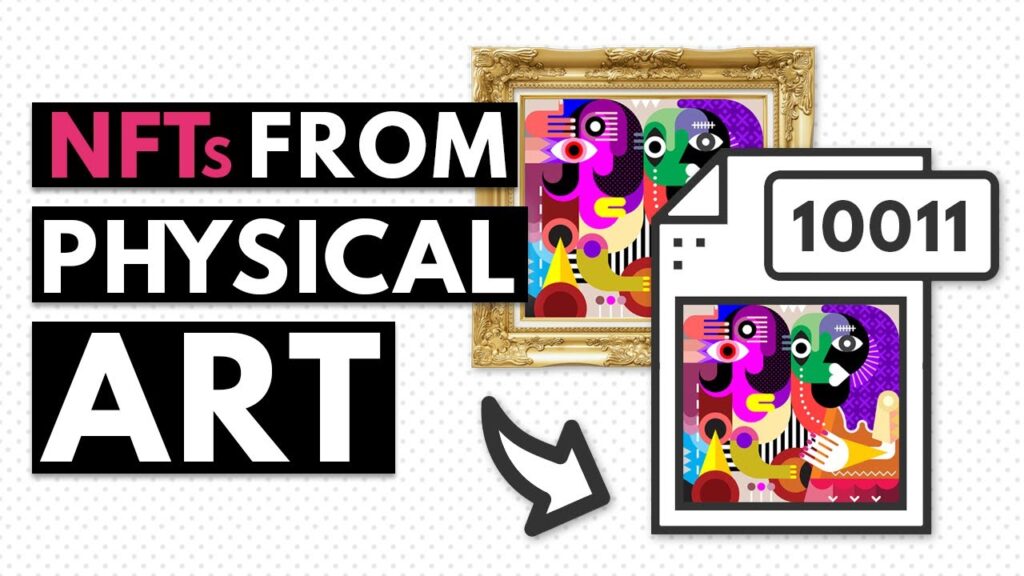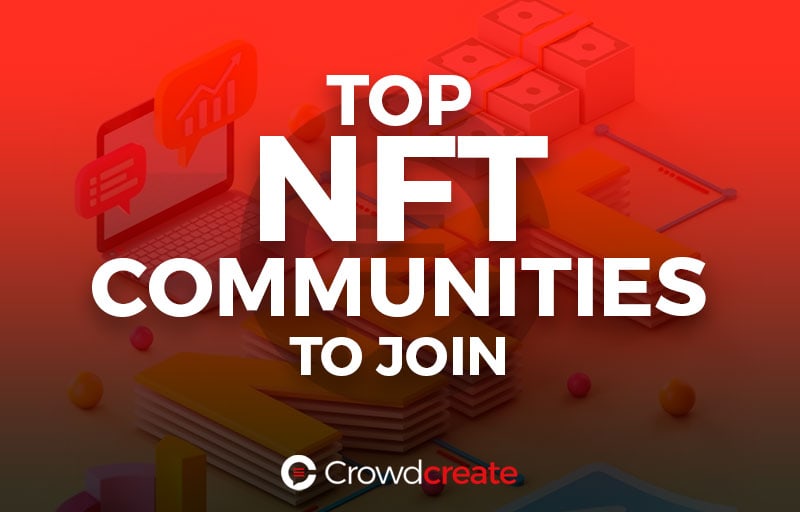As the world becomes more and more digitized, new technologies and concepts emerge that can be difficult to understand at first. One such concept that has recently gained traction in the art world is the NFT, or non-fungible token. You may have heard this term thrown around in the news or on social media, but what exactly is an NFT and why is it making headlines?
At its simplest, an NFT is a unique digital asset that is stored on a blockchain, which is a decentralized ledger that records transactions. Unlike traditional cryptocurrencies like Bitcoin, which are fungible (meaning one unit is interchangeable with another), NFTs are one-of-a-kind and cannot be replicated or exchanged for another item. This makes them ideal for things like digital art or collectibles, where the value lies in their uniqueness and scarcity. In this article, we will delve deeper into the world of NFTs, exploring their origins, how they work, and what implications they may have for the future of art and commerce.
What is an NFT?
Non-fungible tokens (NFTs) are digital assets that are unique and not interchangeable. They are recorded on blockchain ledger systems and are used in a variety of applications. NFTs are similar to cryptocurrencies, but they are not limited to being a medium of exchange. They can represent digital art, game items, or even physical items like a deed to a property.
What Are the Benefits of NFTs?
NFTs have several advantages over traditional digital assets. The most important is that they are immutable, meaning that they cannot be changed or altered once created. This immutability makes them suitable for use in digital asset trading, as it ensures that the asset remains true to its original form. Additionally, since NFTs are digital assets, they can be traded or transferred quickly and securely, allowing for a more efficient trading process.
NFTs also offer more flexibility in terms of ownership. Unlike traditional digital assets, they can be owned by multiple parties at the same time. This can be useful in applications such as digital art, where multiple owners can benefit from the ownership of the asset. Furthermore, NFTs can be used to tokenize physical items, giving the owner a digital representation of an item that can be freely transferred and traded.
What Are the Risks of NFTs?
NFTs are not without their risks. Since they are digital assets, they are vulnerable to theft or manipulation, as hackers can attempt to gain access to the blockchain ledger. Additionally, since NFTs are often not backed by any tangible asset, they may be subject to price volatility. This means that the price of an NFT could change quickly and unpredictably, leading to losses for investors. Furthermore, since NFTs are often unregulated, they may be subject to fraud or manipulation, which could lead to losses for investors.
Finally, since NFTs are digital assets, they are subject to the same risks as any other digital asset, such as security breaches, system downtime, and technical difficulties. Therefore, it is important for investors to be aware of the risks associated with investing in NFTs and to research the asset before investing.
Frequently Asked Questions About Non-Fungible Tokens (NFTs)
Non-Fungible Tokens (NFTs) are digital tokens on the blockchain that represent a unique asset that can be bought, sold, and traded. They are different from traditional cryptocurrencies such as Bitcoin, Ethereum, or Litecoin, as they are not interchangeable and cannot be divided up into smaller units. The main benefit of NFTs is that they are immutable, meaning they are impossible to counterfeit, and therefore offer a secure way to store and transfer digital assets.
What is an NFT?
An NFT is a unique digital asset stored on the blockchain. It is essentially a digital certificate of authenticity that can be bought, sold, and traded like any other asset. An NFT is different from a cryptocurrency, as it is not interchangeable and cannot be divided up into smaller units. This makes it an ideal way to store digital assets securely and transfer them between users in a trustless manner. NFTs are also immutable, meaning they are impossible to counterfeit.
What are the Benefits of NFTs?
NFTs offer a number of benefits when compared to traditional cryptocurrencies. Firstly, they are immutable, meaning they are impossible to counterfeit or duplicate. This makes them an ideal way to securely store and transfer digital assets. Secondly, they are not interchangeable, meaning they can only be used to represent a specific asset. This makes them useful for tracking ownership and provenance of digital assets. Finally, they are divisible, meaning they can be divided up into smaller units and traded in fractions, allowing for more flexibility in trading.
What Types of Assets can be Represented by NFTs?
NFTs can represent a wide range of digital assets, from artwork and music to in-game items and sports cards. In addition, they can also be used to represent physical assets, such as real estate and collectibles. The use of NFTs to represent these types of assets offers a secure and immutable way to store and track ownership, as well as providing an easy way to transfer them between users.
How Do I Buy and Sell NFTs?
NFTs can be bought and sold on a variety of platforms. Many of these platforms are dedicated to the buying and selling of NFTs, while others offer a marketplace where users can buy and sell NFTs alongside other digital assets. It is important to research the platform you are using to make sure it is secure and reputable.
Are NFTs Regulated?
The regulation of NFTs varies from country to country. In some countries, NFTs may be considered a security and therefore subject to specific regulations. In other countries, they may not be considered a security and therefore not subject to the same regulations. It is important to check the regulations in your country before buying or selling NFTs to ensure you are compliant.
NFTs – SNL
In conclusion, the world of NFTs can be overwhelming at first, but it is a fascinating and exciting development in the digital age. As creators and collectors continue to explore the possibilities of this new medium, it will be interesting to see how the art world and society as a whole adapt and integrate NFTs into our daily lives. While some may still scratch their heads at the idea of owning a digital asset, it is important to remember that the concept of ownership and value is constantly evolving. As we continue to move forward in the digital age, NFTs may prove to be a revolutionary step in the way we think about art, ownership, and value in the 21st century.
In the end, what the hell is an NFT? It is a unique and exciting concept that challenges our traditional notions of ownership and value. It is a way for creators to monetize their digital creations and for collectors to own a piece of digital history. It is a new frontier in the art world and a glimpse into the future of how we may interact with digital assets. So, while it may take some time to fully grasp the intricacies of NFTs, it is certainly worth exploring and embracing as we continue to progress in the digital age.




